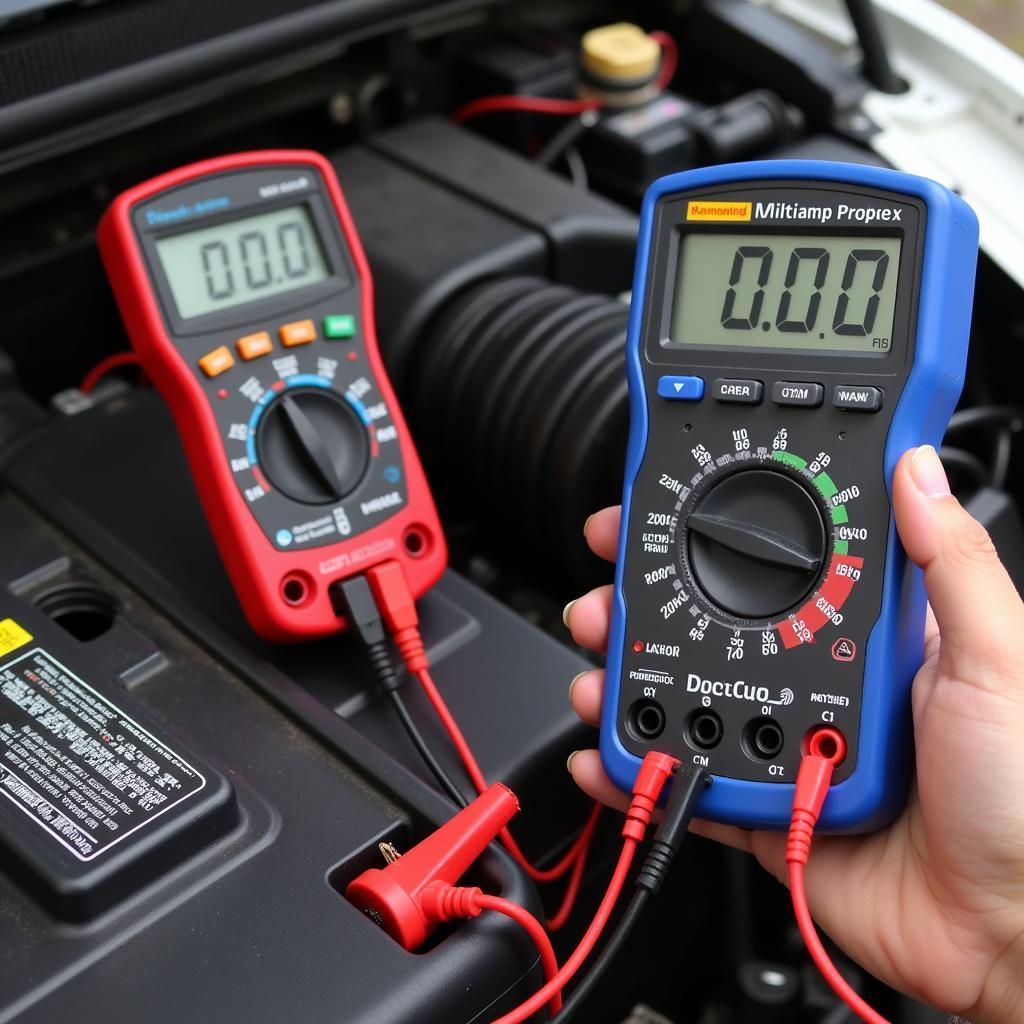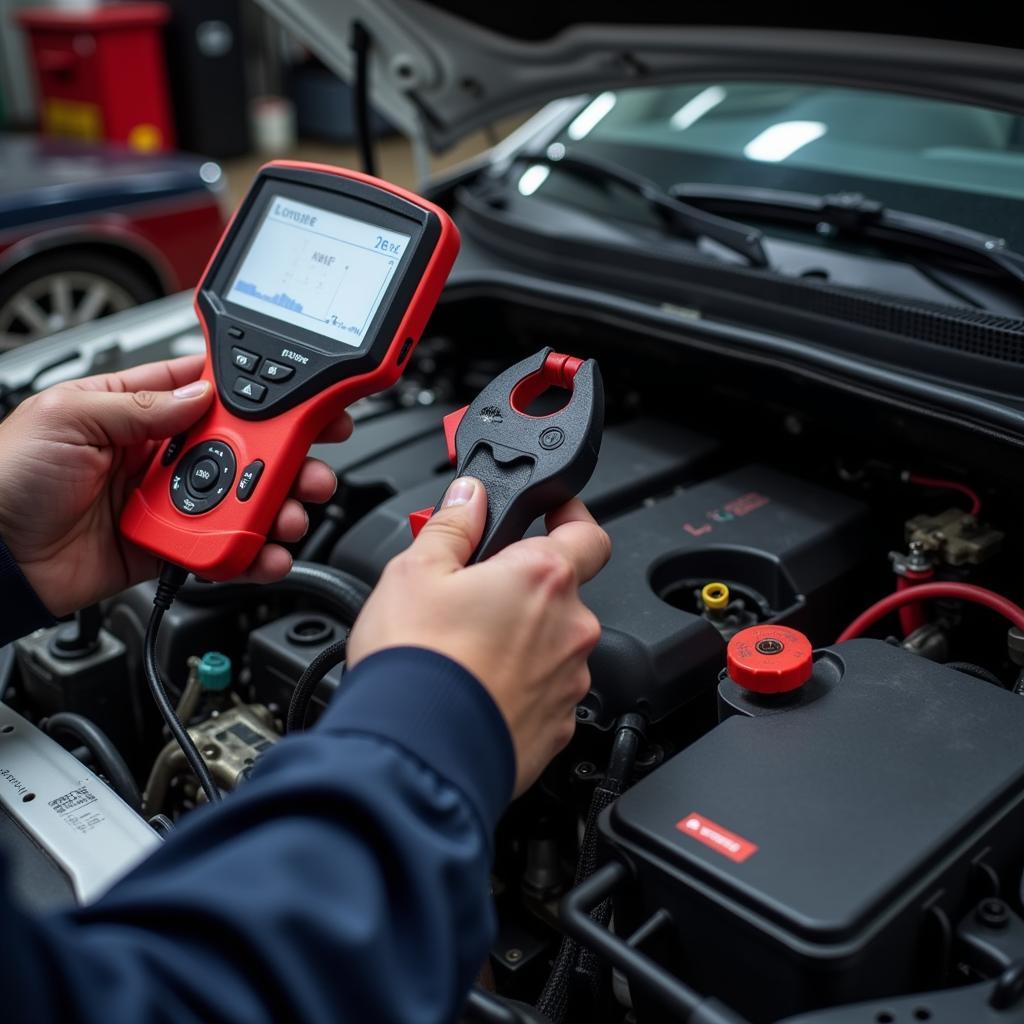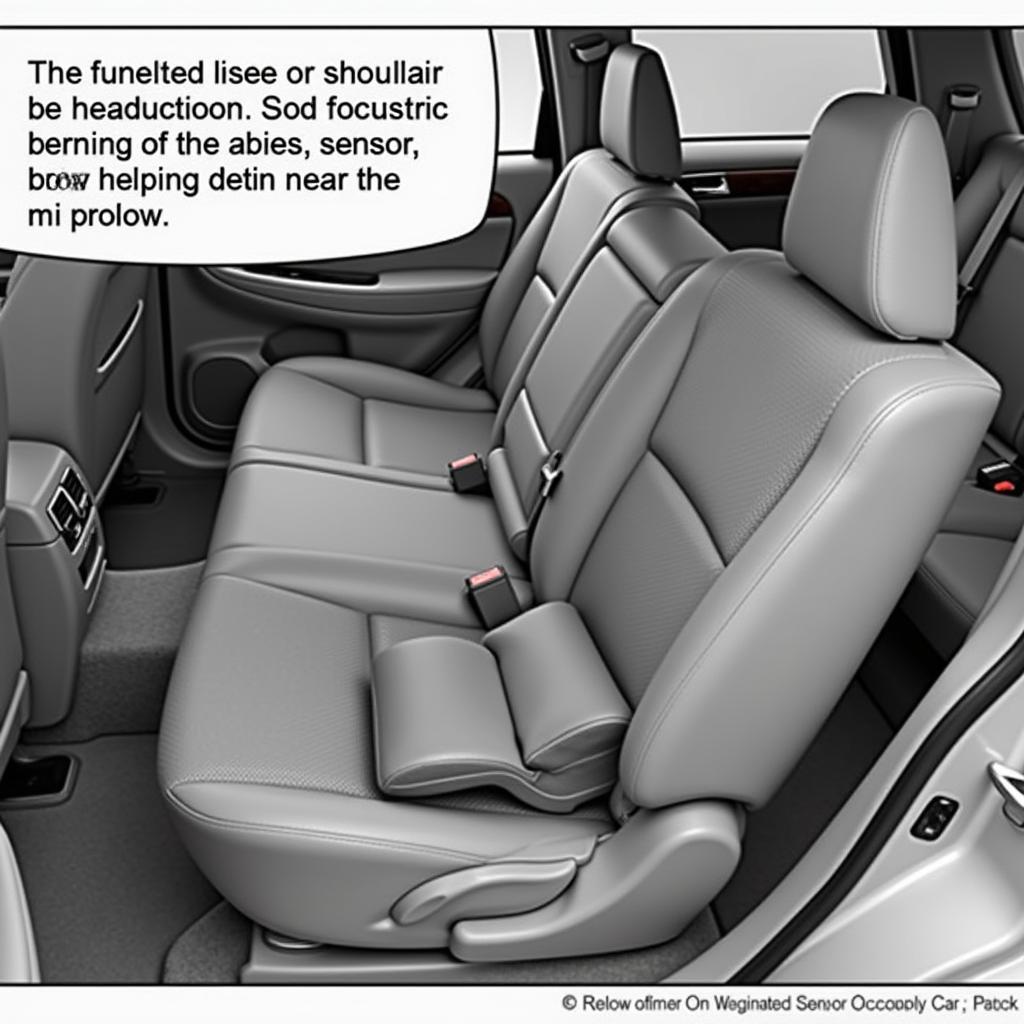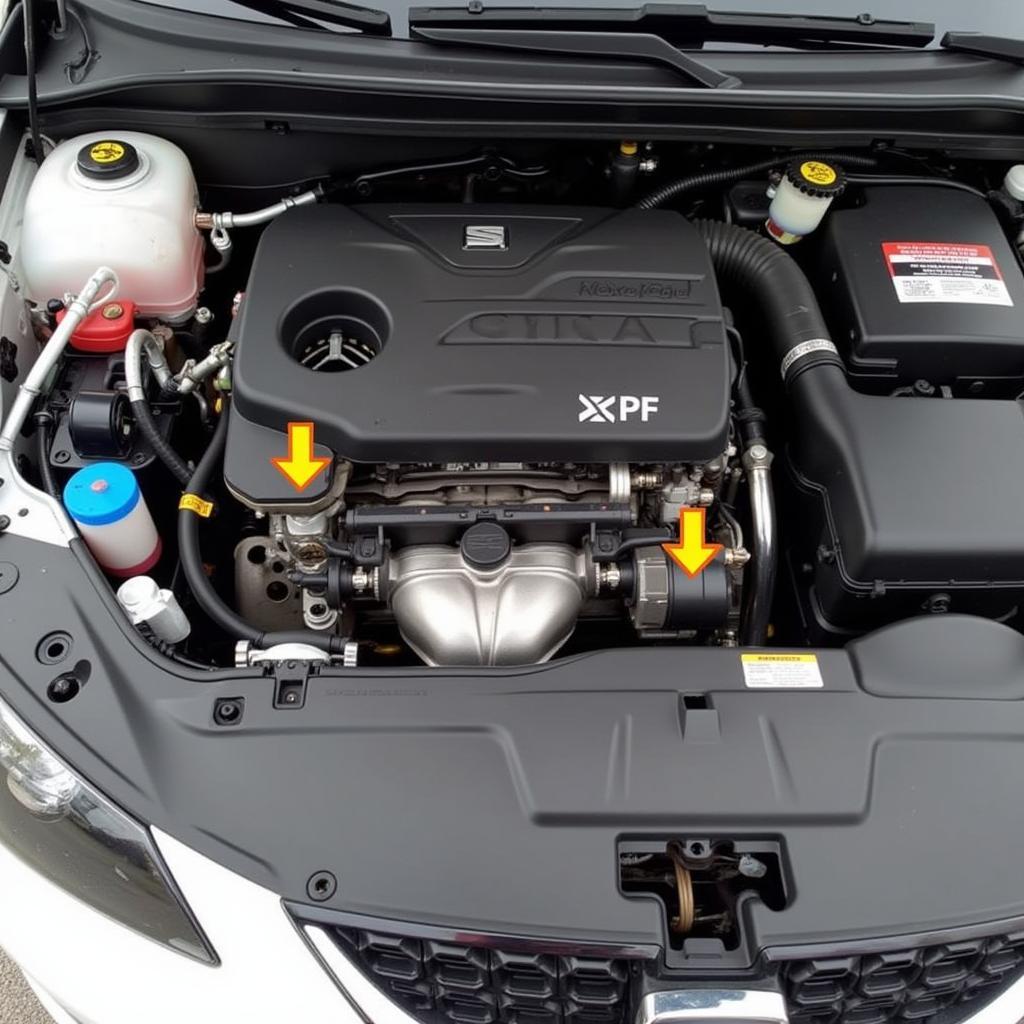A dead car battery is a common frustration, and a battery drain multimeter is your best friend for diagnosing the culprit. In this comprehensive guide, we’ll delve into the intricacies of using a battery drain multimeter, equipping you with the knowledge and skills to pinpoint the source of your vehicle’s electrical woes. testing car battery drain with multimeter
Why is My Car Battery Draining? Understanding the Basics
A car battery drain can stem from various issues, ranging from faulty alternators to parasitic draws. A parasitic draw occurs when a component continues to consume power even when the vehicle is off, slowly draining the battery over time. This can be caused by anything from a faulty interior light to a malfunctioning aftermarket accessory. Identifying the source of this drain is crucial to prevent recurring battery problems.
How to Use a Battery Drain Multimeter: Step-by-Step Guide
Using a battery drain multimeter might seem daunting, but with the right approach, it becomes a straightforward process. Here’s a detailed, step-by-step guide to help you get started:
- Gather your tools: You’ll need a battery drain multimeter, preferably a digital one with a milliamp setting.
- Prepare your vehicle: Turn off all lights, accessories, and the ignition. Ensure the doors are closed and the vehicle is in a secure location.
- Disconnect the negative battery cable: Locate the negative terminal (marked with a “-” symbol) and carefully disconnect the cable.
- Connect the multimeter: Connect the red lead of your multimeter to the disconnected negative battery cable and the black lead to the negative battery terminal.
- Set the multimeter: Switch the multimeter to the milliamp (mA) setting. This will allow you to measure the small current draw causing the drain.
- Identify the culprit: Begin by checking the owner’s manual for the acceptable parasitic draw for your specific vehicle model. Then, one by one, start removing fuses from the fuse box. Observe the multimeter reading after each fuse removal. A significant drop in the reading indicates the circuit protected by that fuse is the source of the drain.
- Narrow down the issue: Once you’ve identified the faulty circuit, consult the vehicle’s wiring diagram to pinpoint the specific component causing the drain.
 Performing a Battery Drain Test with a Multimeter
Performing a Battery Drain Test with a Multimeter
“A battery drain multimeter is an essential tool for every car owner. It empowers you to take control of your vehicle’s electrical system and diagnose problems effectively,” says automotive electrical expert, Michael Stevens.
Advanced Diagnostics: Going Beyond the Basics
Sometimes, the drain might be intermittent or too small to be detected with the standard method. In such cases, more advanced diagnostic techniques, such as using a current clamp or a specialized automotive diagnostic scanner, might be necessary. battery drain test multimeter These tools allow for more precise measurements and can detect even the smallest current fluctuations.
“Intermittent drains can be particularly challenging to diagnose. Patience and a systematic approach are key to successfully pinpointing the source,” adds automotive diagnostic specialist, Sarah Johnson.
 Advanced Battery Drain Diagnostics
Advanced Battery Drain Diagnostics
Preventing Future Battery Drains: Proactive Measures
Once you’ve resolved the current battery drain, taking preventative measures can help avoid future issues. These include regularly inspecting your battery terminals for corrosion, being mindful of aftermarket accessories, and addressing any electrical issues promptly. increased battery discharge mini cooper Also, be sure to avoid leaving interior lights on for extended periods and double-check that all accessories are turned off before exiting the vehicle. low battery check engine light aftermarket car alarm draining battery
Conclusion: Taking Charge of Your Car’s Electrical Health
Mastering the use of a battery drain multimeter is a valuable skill for any car owner. This tool enables you to identify and resolve battery drain issues effectively, saving you time, money, and frustration. By understanding the basics of automotive electrical diagnostics, you can take charge of your car’s electrical health and ensure it stays running smoothly.
FAQ
- What is a normal battery drain reading? A normal parasitic draw is typically between 20-50 milliamps, although it can vary depending on the vehicle.
- Can a bad alternator cause a battery drain? While a bad alternator won’t directly cause a parasitic draw, it can prevent the battery from charging properly, leading to a drained battery.
- What if I can’t find the source of the drain? If you’ve exhausted all troubleshooting steps and still can’t find the source of the drain, it’s best to consult a qualified automotive electrician.
- How often should I check my battery for drains? It’s a good idea to check your battery for drains periodically, especially if you notice signs of a weakening battery.
- Can a battery drain damage other car components? A prolonged battery drain can potentially damage other electronic components in the vehicle.
- Is it safe to disconnect the battery myself? Yes, it’s generally safe to disconnect the battery yourself, but always ensure the ignition is off and take necessary safety precautions.
- What type of multimeter is best for battery drain testing? A digital multimeter with a milliamp setting is recommended for accurate battery drain testing.


